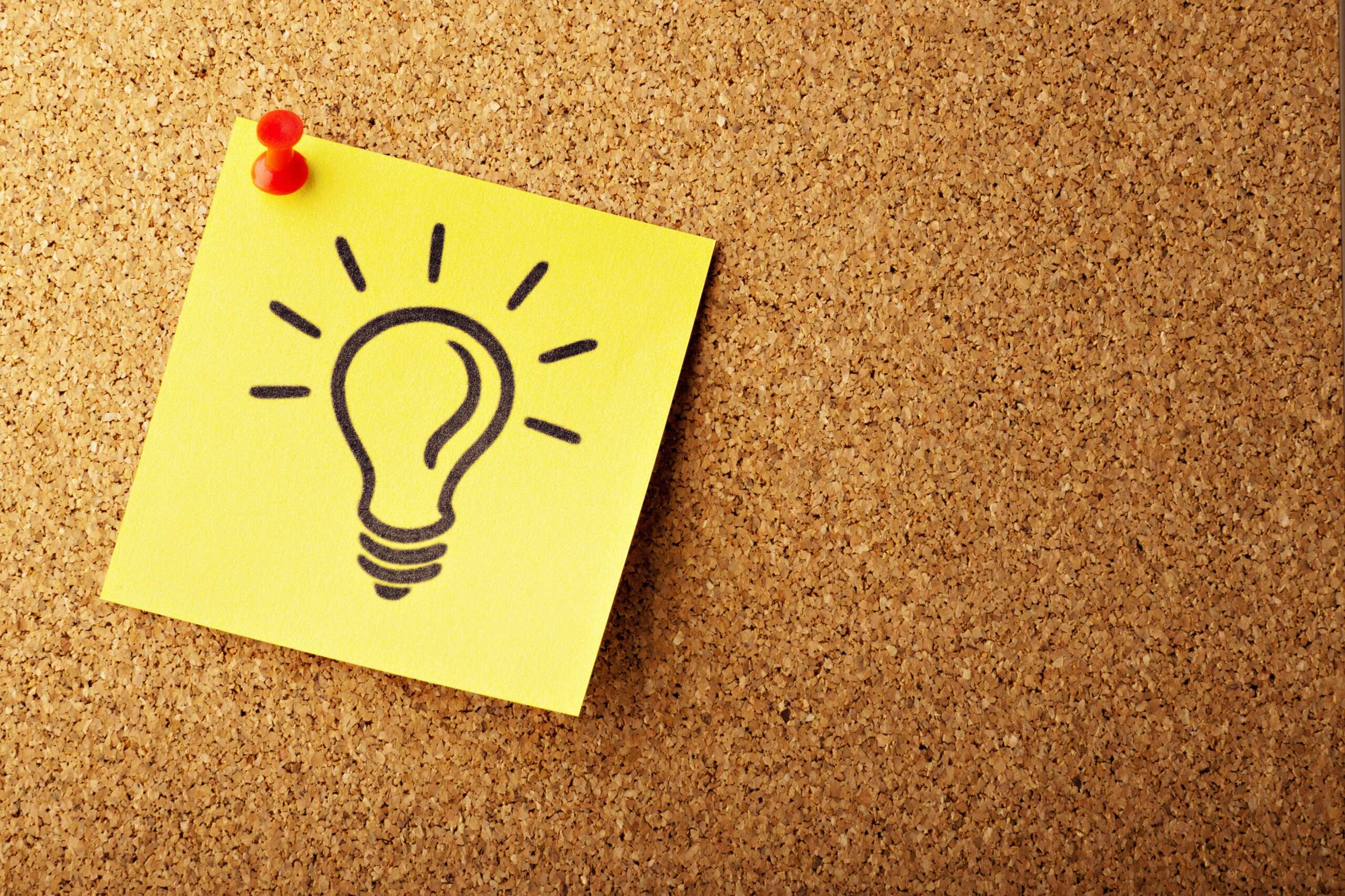Creativity is a fundamental aspect of human expression that profoundly shapes our world through innovation, problem-solving, and artistry; yet, its origins remain a mystery. This phenomenon has mystified scholars, artists, and thinkers for centuries. It’s the spark that ignites innovation, the force that propels artistry, and the wellspring from which original ideas flow. However, pinpointing exactly where creativity comes from is a challenge as complex and multifaceted as the creative process itself.
At its core, creativity emerges from the intricate interplay of various cognitive, emotional, and environmental factors. One key element is the human mind, with its remarkable capacity to connect seemingly unrelated concepts, visualize possibilities, and generate novel solutions. The brain, with its network of neurons and synapses, serves as the fertile ground where ideas take root and flourish. Neuroscientists have delved into the neural mechanisms underlying creativity, uncovering insights into how different regions of the brain collaborate during moments of inspiration.
But creativity isn’t solely a product of biology; it’s also deeply influenced by our experiences, culture, and environment. Our upbringing, education, and exposure to diverse perspectives shape the way we perceive the world and approach problems. A childhood spent exploring nature might foster a love for environmental art, while immersion in a bustling urban landscape could inspire innovative architectural designs. Similarly, exposure to different cultures and ideas can enrich our creative reservoir, providing a vast array of influences to draw upon.
Moreover, emotions play a significant role in the creative process. Passion, curiosity, and even adversity can fuel creativity, prompting individuals to delve deeper into their imagination in search of solutions or expressions. Embracing ambiguity and risk-taking are also integral aspects of creativity, as they enable individuals to break free from conventional thinking patterns and explore unconventional ideas.
Interestingly, creativity often thrives in environments that encourage experimentation and collaboration. Whether it’s a brainstorming session among colleagues or a jam session among musicians, the synergy of diverse perspectives can catalyze creative breakthroughs. Organizations that foster a culture of innovation, where individuals feel empowered to voice their ideas and take calculated risks, tend to see greater creative output.
However, the source of creativity often extends beyond human influence. Nature itself is a boundless source of inspiration, with its intricate patterns, evolutionary adaptations, and awe-inspiring beauty. Many artists, scientists, and inventors have drawn inspiration from the natural world, finding creative solutions by mimicking its designs and processes.

To master the power of creativity, individuals must cultivate a mindset conducive to innovation and experimentation. Harnessing creativity is not only beneficial for artists and inventors but also for individuals in various professional fields seeking novel solutions and fresh perspectives. Here are some strategies to cultivate and harness creativity.
- Embrace curiosity. Curiosity is the fuel that ignites creativity, prompting us to ask questions, explore new ideas, and seek out unfamiliar experiences. Cultivate a mindset of curiosity by remaining open to new possibilities and actively seeking out diverse sources of inspiration.
- Create a conducive environment. Your surroundings can significantly influence your creative output. Create a space that stimulates your imagination, whether it’s a clutter-free workspace, a cozy corner with natural light, or an outdoor setting immersed in nature. Surround yourself with objects, images, and colors that inspire you and spark your creativity.
- Practice mindfulness. Mindfulness techniques, such as meditation and deep breathing exercises, can help quiet the mind and foster a state of relaxed awareness conducive to creativity. By quieting the mental chatter and focusing on the present moment, you can tap into your inner reservoir of creativity and intuition.
- Engage in brainstorming and idea generation exercises. Brainstorming sessions, whether conducted individually or in groups, can stimulate creativity by encouraging free-flowing ideas and unconventional thinking. Set aside time regularly to brainstorm ideas without judgment, allowing yourself to explore wild and unconventional concepts without worrying about practicality or feasibility.
- Embrace experimentation and risk-taking. Creativity thrives on experimentation and exploration, so don’t be afraid to take risks and try new things. Adopt a mindset of experimentation, viewing failures not as setbacks but as opportunities for learning and growth. By stepping outside your comfort zone and embracing uncertainty, you can unlock new avenues of creative expression.
Ultimately, creativity is a deeply personal and enigmatic phenomenon, which makes it difficult to explain. It emerges from the depths of the human psyche, fueled by a potent mix of curiosity, passion, and imagination. It flourishes in environments that foster experimentation, collaboration, and a willingness to embrace uncertainty. And while its origins may remain elusive, its impact is unmistakable. In the end, perhaps the true essence of creativity lies not in understanding its origins, but in embracing its boundless possibilities.
